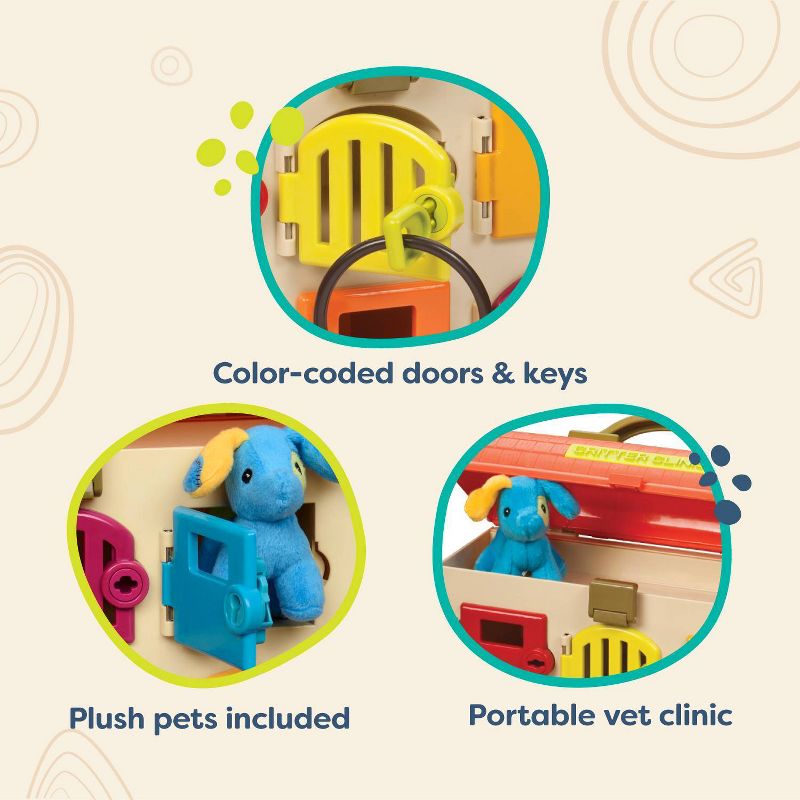Child-Friendly Veterinary Environments and Techniques
Creating a child-friendly veterinary environment requires careful consideration of both physical space design and communication techniques. The waiting area should feature bright, cheerful colors, age-appropriate reading materials, and perhaps even interactive elements that can help distract anxious children while they wait.
Examination rooms designed for pediatric pet care often include lower examination tables that allow children to remain close to their pets during procedures. Visual aids, such as anatomical models or picture books, can help veterinarians explain medical conditions and treatments in terms that children can understand. The use of gentle, non-threatening language is crucial when discussing pet health issues with young owners.
Many pediatric veterinary practices also employ specialized techniques such as "practice visits" where children can bring their healthy pets for routine check-ups that focus on positive experiences. These visits help familiarize children with the veterinary environment and build trust with the veterinary team before any medical issues arise.



